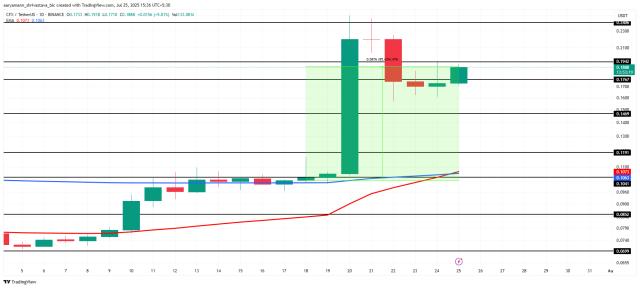Fusaka has entered the final testing and planning stage, with the mainnet activation tentatively scheduled for early November 2025.
This upgrade primarily targets client developers and infrastructure service providers, focusing on optimizing underlying performance, scalability, and node elasticity.
Unlike the Pectra upgrade that introduced account abstraction and increased validator node limits, among other user-side functions.
Fusaka integrates 11 Ethereum Improvement Proposals (EIPs), optimizing core protocol parameters, enhancing security, and improving gas efficiency. No smart contract optimization will be performed.
This selected long-form article was translated by Running Finance·Web3.0 Research Room from Denis Omelchenko's 'No code breaks, just more room: what to expect from Ethereum's Fusaka hard fork'.
Core Proposal Analysis
Key Proposal EIP-7825:Defend against malicious message attacks and strengthen node resilience.
Block Gas Limit Increase:Proposed to be raised to 150 million units from the current level, allowing more transactions per block, while balancing reduced block propagation speed and network storage pressure.
Controversial Adjustments Shelved:To avoid testing delays, EIP-7907 (which would double contract code size limit and introduce new metering rules) has been withdrawn.
Community opinions were also considered. Ethereum protocol support member Nixo insists on a strict timeline to ensure Fusaka is implemented before the critical developer conference Devconnect (November 17-22).
Upgrade Key Points Overview
Gas Capacity Expansion:Block gas limit raised to 150 million units, allowing more transactions per block to reduce fees during high-load periods and accelerate transactions.
Security Reinforcement (EIP-7825):Added attack pattern defense mechanism to reduce network interruption risks.
Code Metering Rule Adjustment:Although EIP-7907 is temporarily suspended, related optimizations may be included in future upgrades.
Overall, this upgrade will have no significant impact on most smart contract operations, with its core value being improved network throughput and operational security efficiency.
Upgrade Route Evolution
Ethereum strictly follows upgrade cycles. After Pectra's launch, the core development team (AllCoreDevs) immediately initiated discussions on the new version, with Fusaka ultimately being selected.
Simultaneously, the protocol team finalized the EIP combination plan after multiple meetings, with the final proposal list to be frozen on August 1, giving client teams a 1-2 month implementation window.
Specific Route
Development Network Launch:First developer testnet version to go online in mid-July 2025.
Public Testnet Deployment:Two rounds of public tests to be launched in stages at the end of September and October 2025.
Mainnet Hard Fork:If no major obstacles arise, planned for activation in early November, with the goal of completion before the Buenos Aires Devconnect conference (November 17-22).
If progress is smooth, the development team will evaluate test results in November and activate the upgrade at a preset block height.
Long-term Impact Outlook
User experience always depends on high-speed, low-cost, and highly secure blockchains. While Fusaka is not a disruptive transformation, by improving network capacity and defensive capabilities, it will help Ethereum consolidate its position in high-speed public chain and Layer 2 solution competitions, creating a more optimal operating environment for DeFi applications, chain games, and other scenarios.






